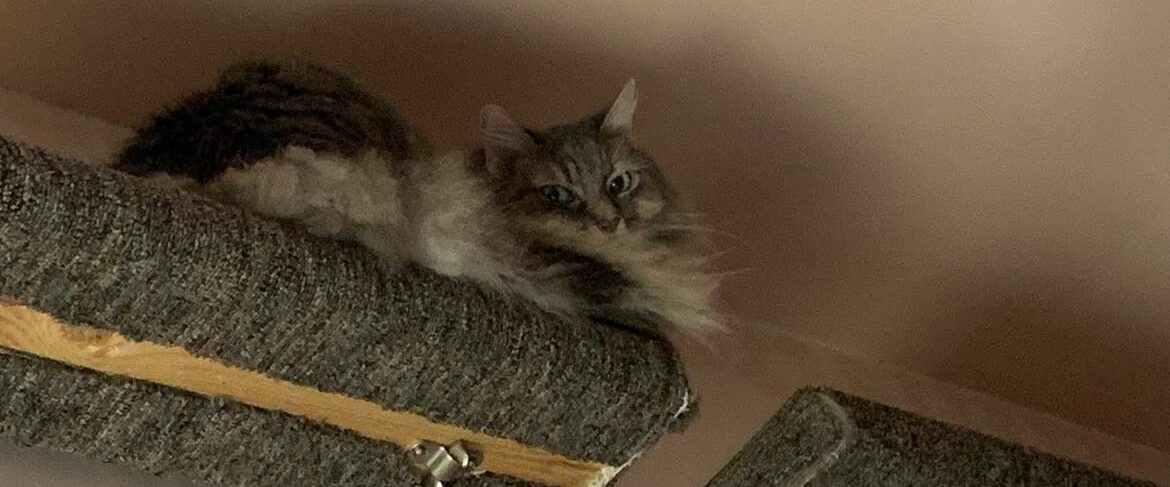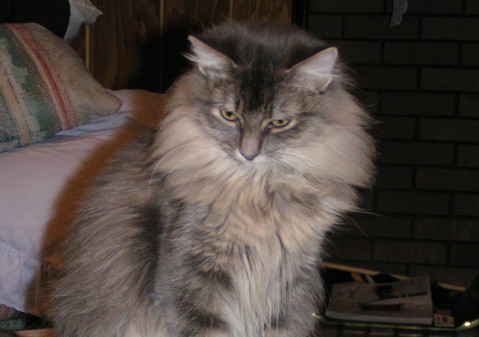Awhile back I wrote about how we addressed Chase’s boredom with being an indoor cat. We divide his meals up into two or three portions, give one directly to him, and hide the other(s). He seems to love “hunting” for his food. We’ve never tried food puzzles with him, but those are also a great way to stimulate your cat’s instincts and enrich his life.
Food puzzles will make your cat exercise his mind and his body
Cats instinctively want to forage, and free-feeding them from a single bowl doesn’t serve that need. Cats are happiest when they’re able to engage in their natural, instinctive behaviors, and that includes with mealtime. One thing you can do, even if you free-feed, is what we do with Chase – place small bowls of food around the house for him to hunt.
Many people who free-feed might feel sketchy about that because of the fear of attracting bugs and vermin, though. That’s where food puzzles can come in. One cat behaviorist, Mikel Delgado, says:
“[Food puzzles] provide cats with exercise and mental stimulation. It gives them an outlet for foraging for their food… As hunters, cats would be working for their food all day if they were not provided with a bowl.”
The lack of an outlet for instinctive behavior can lead to behavioral problems, including not using the litter box, overgrooming, and excessive attention-seeking. What food puzzles do is stimulate your cat’s mind and his instincts, while keeping all his food in one container.
Here are a couple of ideas for DIY food puzzles
You don’t even have to buy expensive contraptions. Purina ONE has some ideas for DIY food puzzles that are great. With just a plastic tub like the ones that hold cream cheese or sour cream (avoid PVC, though), an extra lid that’s bigger than the tub’s proper lid, a utility knife, and non-toxic glue, you can make a food puzzle that your cat has to push around in order to get his food.
You can use a bottle, or even a holiday egg, for this kind of puzzle. Click here to see exactly how to make these puzzle feeders. There’s still a chance that you’ll get some food around your house, but it will be much less than leaving bowls around.
In case your cat seems uninterested in those kinds of feeders, you can try a reach box feeder. Instructions for making that are on Purina ONE’s site at the link above as well. If neither of these feeders really works (and that is a very real possibility, cats are cats after all!), don’t give up! See what happens if you hide a few treats around the house, or very small bowls of food. Or come up with your own puzzle feeder and try that.
In our house, Chase has done so well “hunting” for his food that we started hiding bowls for Kali and Aria, too. Kali, especially, enjoys the “hunt” each night, and she seems like a happier cat, too. Whether you give your cat foraging opportunities, puzzle feeders or both, your cat will likely be much happier for it.



